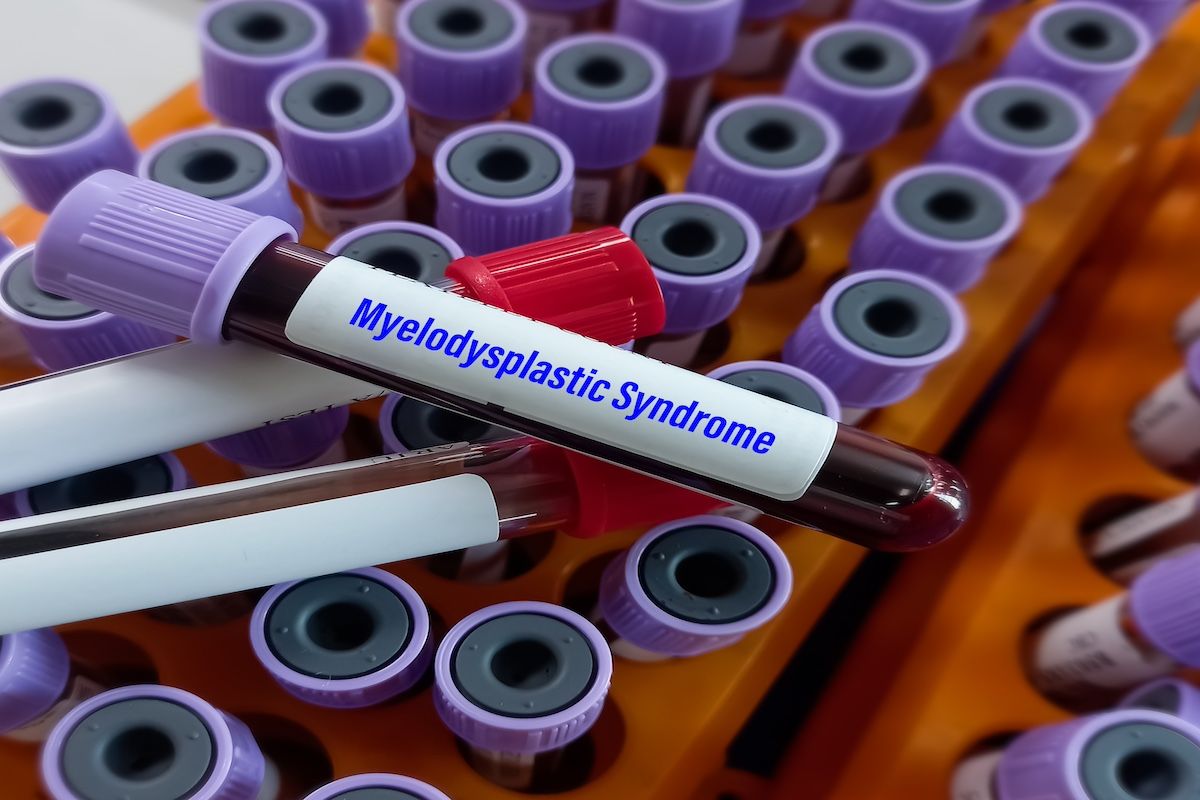Article
CBD Is Everywhere, but What Does It Mean for Patients?
Author(s):
The year 2018 was when cannabidiol (CBD) "jumped the shark," according to a nurse practitioner who works with patients who use it.
“Who here has treated patients who are using CBD?” asked Andrew Penn, MS, NP, PMHNP-BC, an associate clinical professor at the University of California, San Francisco, School of Nursing.
Penn surveyed the ballroom as most of the hands shot up during a meeting of mental health professionals. “Yeah, I figured that’s why you’re here,” he said, opening up his presentation called “Confused About Cannabidiol (CBD)? A Scientific and Rational Examination of Its Risks and Benefits in Psychiatry.”
This year was the tipping point for CBD, he said; he realized that CBD had “jumped the shark” when a major brick-and-mortar retailer advertises “CBD for health and wellness“ in its promotional flyer as if they were scented candles or bed and bath products.
"Is CBD snake oil? I want to unpack that today,” he said.
The difference between tetrahydrocannabinol (THC) and CBD is that THC, with its profile of stunting intellectual development, dependence risk, and psychotomimetic and anxiogenic effects, often gets hit with a reputation as the “bad guy”; CBD, believed to counter THC and to be nonpsychoactive, gets the “good guy” label.
It’s not that simple, said Penn. “That kind of dichotomous thinking gets us into trouble,” he said.
CBD is not intoxicating, but it is psychoactive, he said, with multiple mechanisms of action that may be useful for various psychiatric conditions. However, the problem is that there have not been large clinical trials due to federal law classifying CBD and THC as Schedule 1 substances.
If CBD is a Schedule 1 substance, how is it being advertised? In 2018, the Farm Bill allowed for CBD that comes from hemp to be legal, under certain conditions, because the law removed hemp that contains less than 0.3% THC dry weight from the Controlled Substances Act. All other CBD, made in any other setting, remains a Schedule I substance and remains illegal under federal law.
The FDA is not doing a good job of enforcing health claims, he said. However, cannabis-derived CBD oil is legal in the 33 states that have some degree of regulation when it comes to medicinal or recreational use.
The doses of CBD that have been studied in the few clinical trials that have happened did show some benefit in studies of social anxiety and as an adjunct to treatment with antipsychotics and for the treatment of schizophrenia. However, the doses of CBD that were used in those trials far exceeded the amount that a person would take if self-treating, and would also be very expensive, he said. Patients are using doses of CBD that are much smaller than the doses that have been studied.
More information may come as more people use Epidiolex, the prescription CBD product the FDA approved in 2018 for patients with 2 rare and severe forms of epilepsy, Lennox-Gastaut syndrome and Dravet syndrome. It is approved for patients 2 years of age and older. In addition, now that it is on the market, he said it is possible that it could be used by some doctors off-label, which will generate some information about how people are using it.
However, he said, patients should be told that we have limited data, and that gap of knowledge "is our fault," he said. Clinicians will need to learn from the stories of their patients.
"Until those studies are done, our patients are going to keep doing this, probably."
Becuase of the Schedule I classification, a researcher could only get funding to study CBD (or THC) was if they wanted to study its abuse potential. In addition, all researchers are required to obtain the plants from a federal farm at the University of Mississippi, where the quality of the plants are said to be low and not reppresentative of what people use in the real world.
"We are in a weird pre-post marketing world," said Penn.
In addition, he said, it is unknown what the effct is of using CBD over a long period of time. His reference would be to see it removed from Schedule I so it can be better studied.
"We’re really in this in between place where we’re not sure where this is going," he said.

The Importance of Examining and Preventing Atrial Fibrillation




